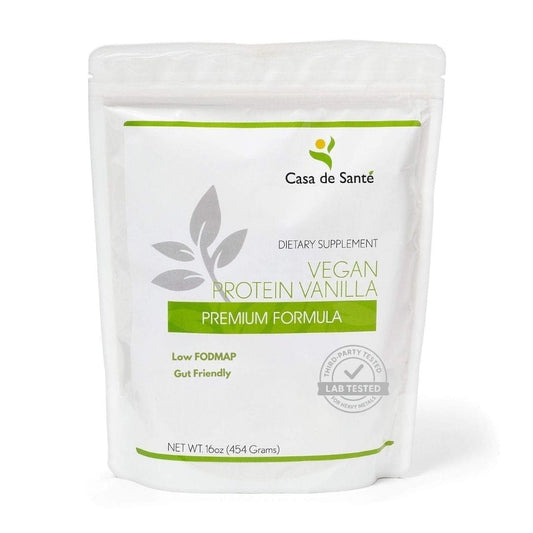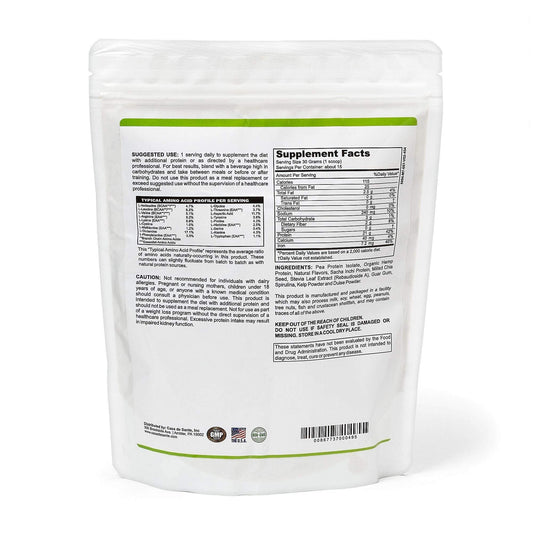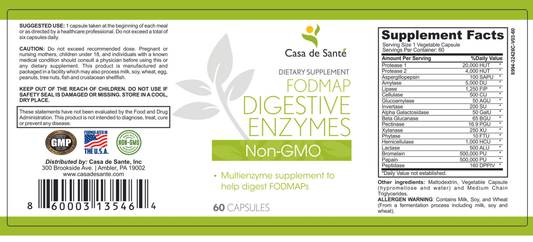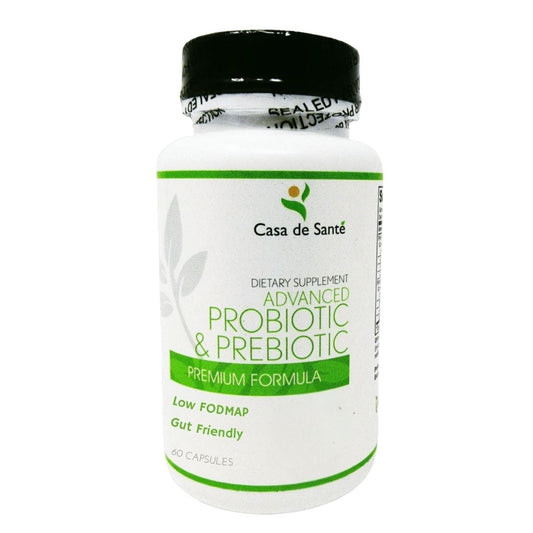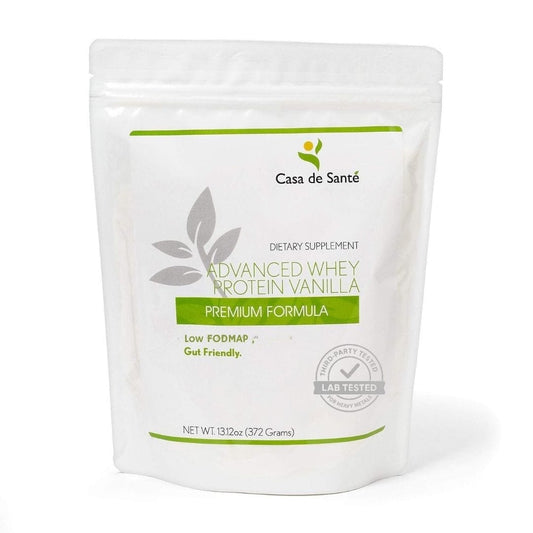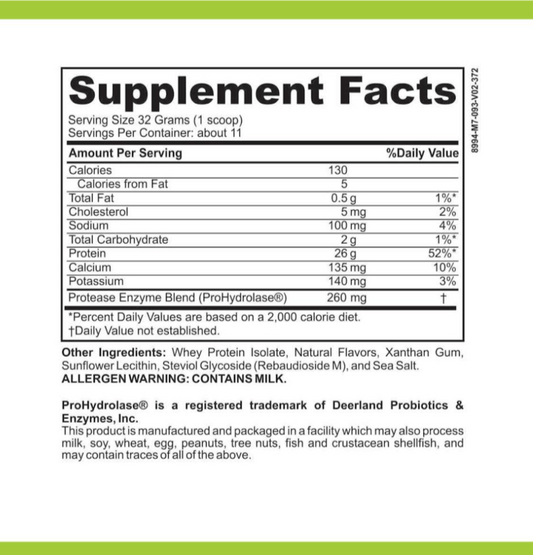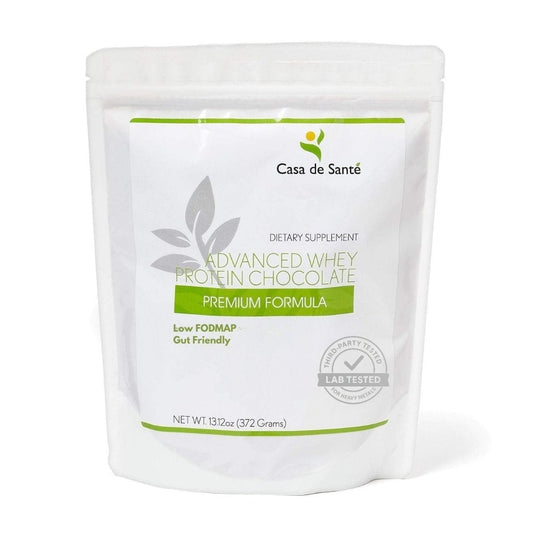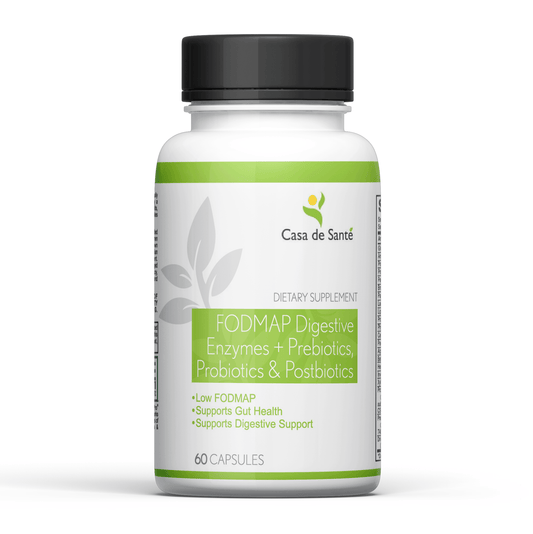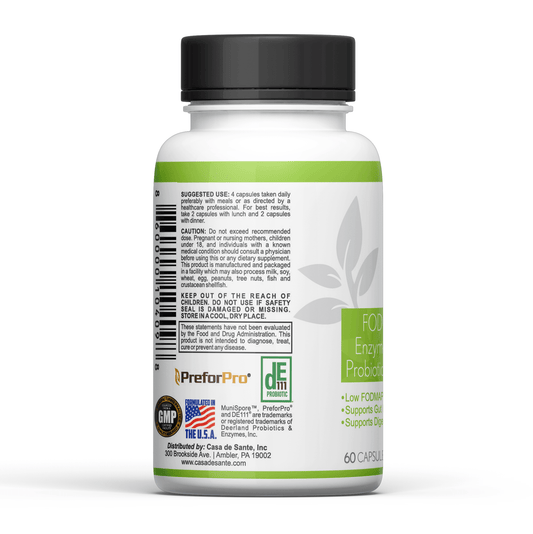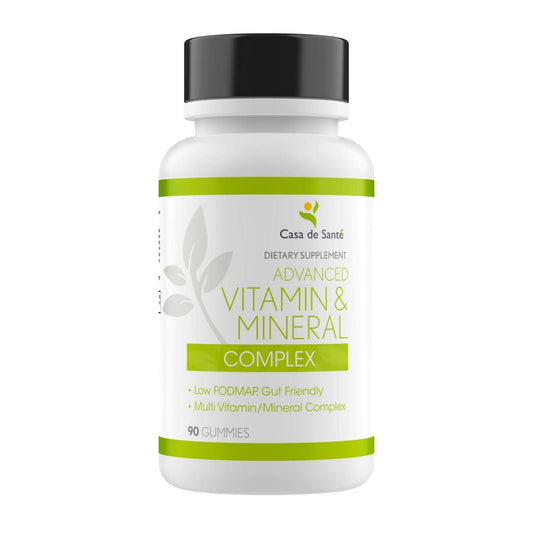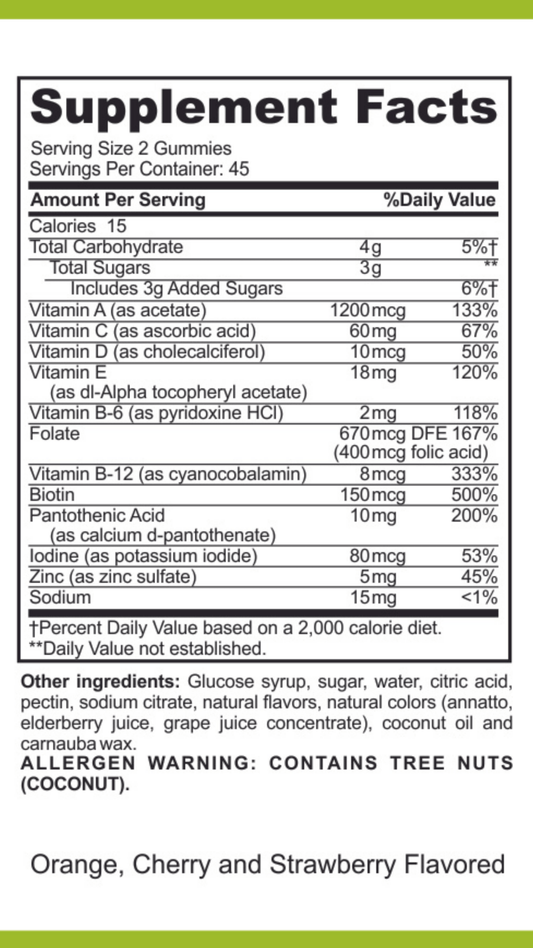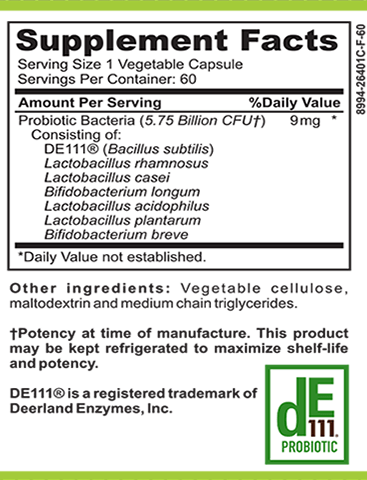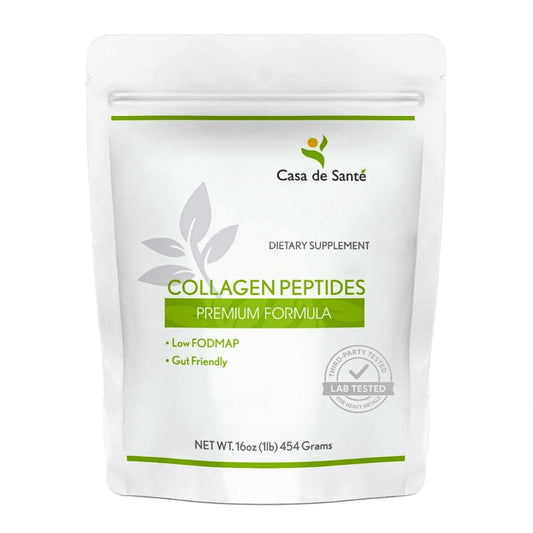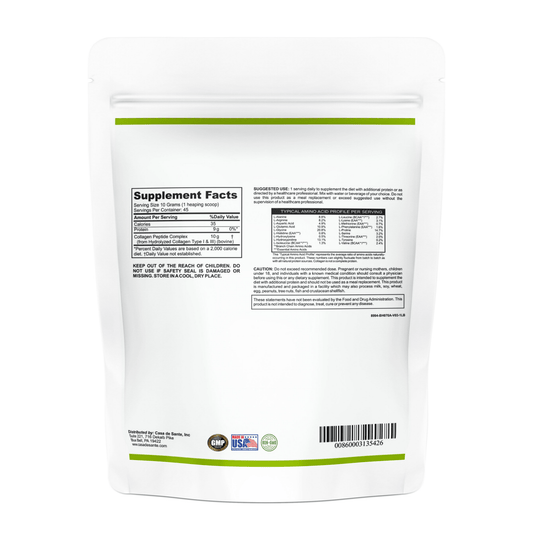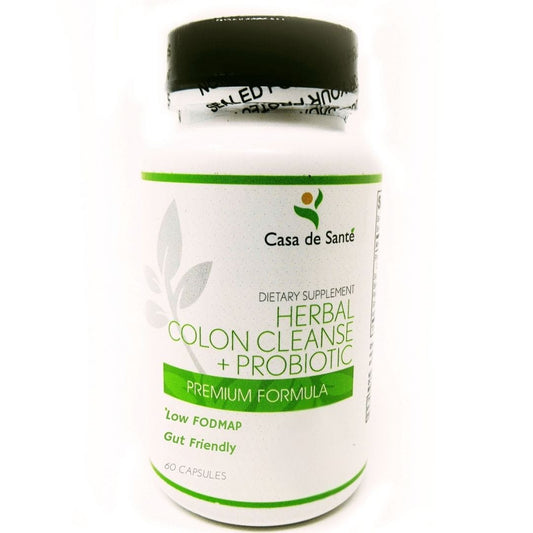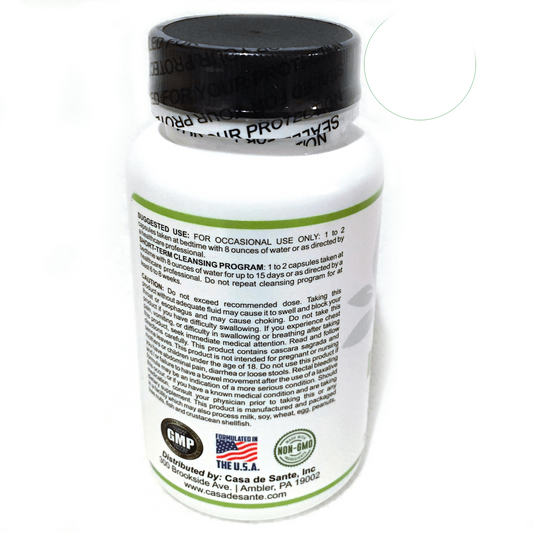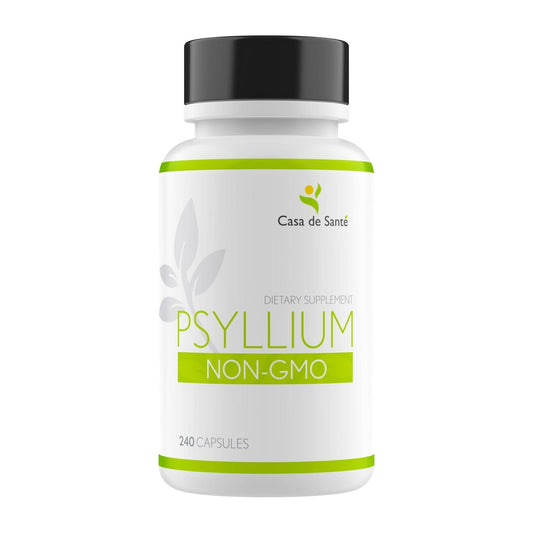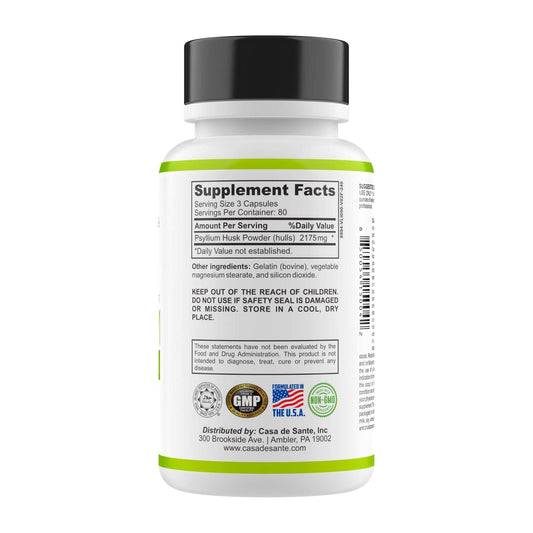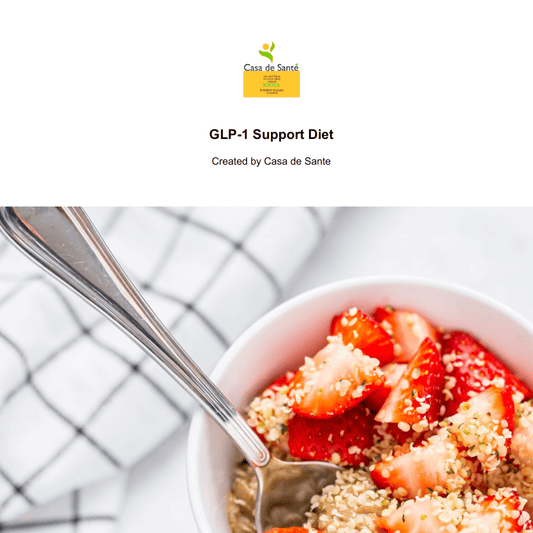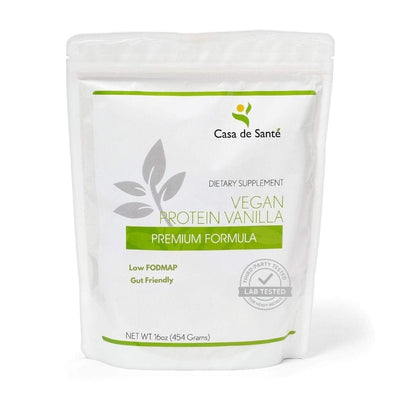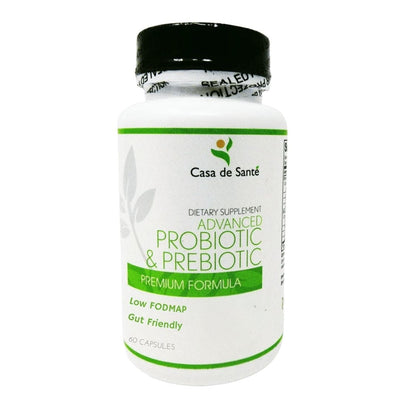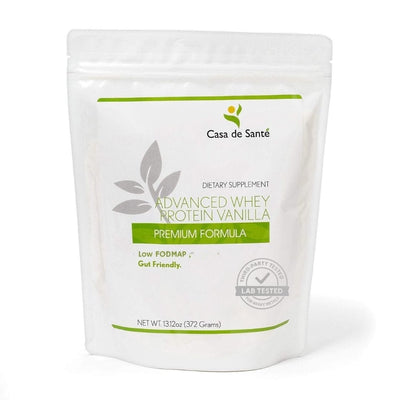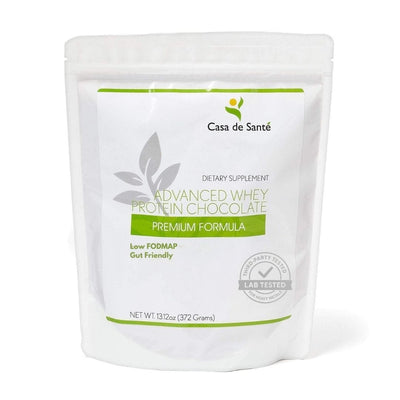The Ultimate No FODMAP Diet Plan: A Comprehensive Guide to Relief and Wellness
The No FODMAP diet is a structured eating plan designed to help those with digestive issues like IBS. By avoiding certain foods that can cause discomfort, individuals can find relief and improve their overall well-being. This guide will help you understand the diet, get started, and maintain it effectively.
Key Takeaways
- The No FODMAP diet helps reduce symptoms of IBS and other digestive disorders.
- It involves an elimination phase where high-FODMAP foods are avoided.
- Reintroduction of foods helps identify personal triggers for digestive issues.
- Planning meals and keeping a food diary can support success on the diet.
- Consulting a healthcare professional is essential for personalized guidance.
Understanding the No FODMAP Diet Plan
What is FODMAP?
FODMAP stands for Fermentable Oligosaccharides, Disaccharides, Monosaccharides, and Polyols. These are types of carbohydrates that some people find hard to digest. They can cause digestive issues like bloating and gas.
The Science Behind FODMAPs
FODMAPs are not harmful, but they can lead to discomfort for those with sensitive stomachs. When these sugars reach the end of the small intestine, they can ferment and produce gas, leading to symptoms like:
- Bloating
- Cramping
- Diarrhea
Benefits of a No FODMAP Diet
Following a no FODMAP diet can help improve your quality of life. Here are some benefits:
- Relief from digestive symptoms: Many people report feeling better after cutting out high-FODMAP foods.
- Better understanding of food triggers: This diet helps you learn which foods upset your stomach.
- Improved mood: Studies show that reducing digestive discomfort can lead to less anxiety and more happiness.
A no FODMAP diet is not a permanent solution but a way to identify food triggers and improve your overall well-being.
Getting Started with Your No FODMAP Diet Plan
Consulting a Healthcare Professional
Before starting a No FODMAP diet, it’s important to talk to a healthcare professional. They can help you understand if this diet is right for you and guide you through the process. This step ensures you get the right advice tailored to your needs.
Creating a Meal Plan
Planning your meals is key to success on the No FODMAP diet. Here are some steps to help you:
- List low FODMAP foods: Focus on foods like rice, potatoes, and certain fruits.
- Plan your meals: Create a weekly menu that includes breakfast, lunch, and dinner.
- Prepare snacks: Include low FODMAP snacks like nuts and lactose-free yogurt.
Essential Pantry Staples
Stocking your pantry with the right foods can make following the No FODMAP diet easier. Here’s a list of essentials:
- Gluten-free grains (like quinoa and rice)
- Lactose-free dairy products or alternatives
- Low FODMAP condiments (like olive oil and vinegar)
- Fresh herbs and spices (like basil and thyme)
Tip: Keeping a food diary can help you track what you eat and how it affects your body. This can be very helpful in understanding your triggers.
Navigating the Elimination Phase
Foods to Avoid
During the elimination phase, it's important to steer clear of high-FODMAP foods. Here are some common ones to avoid:
- Onions and garlic
- Wheat products (like bread and pasta)
- Dairy (especially high-lactose options)
- Certain fruits (like apples and pears)
- Legumes (like beans and lentils)
Safe Foods to Eat
You can still enjoy many delicious foods that are low in FODMAPs. Here’s a list of safe options:
- Meats (like chicken, beef, and fish)
- Eggs
- Certain vegetables (like carrots, cucumbers, and spinach)
- Fruits (like bananas and oranges)
- Rice and gluten-free grains
Tips for Success
To make the elimination phase easier, consider these tips:
- Educate Yourself: Learn about high-FODMAP foods and their low-FODMAP alternatives.
- Read Labels: Many processed foods have hidden FODMAPs. Be a label detective!
- Keep It Simple: Focus on whole foods that are naturally low in FODMAPs.
Remember, this phase is crucial for identifying your food triggers. A nutrition assessment with a healthcare professional can help guide you through this process.
Reintroducing Foods: The Reintroduction Phase
After the elimination phase, it’s time to slowly bring back high-FODMAP foods into your diet. This step is important because it helps you find out which foods cause your symptoms and how much you can eat without feeling bad.
How to Reintroduce Foods
- Take it slow. Add one food or FODMAP group back at a time. Wait a few days before trying another one. This way, you can see how your body reacts.
- Keep a food diary. Write down everything you eat and any symptoms you feel. This will help you spot patterns and understand your food sensitivities.
- Listen to your body. Everyone reacts differently to FODMAPs. Pay attention to how you feel during this phase.
Keeping a Food Diary
A food diary can be a simple table like this:
| Date | Food Introduced | Symptoms Experienced |
|---|---|---|
| 2023-10-01 | Apples | Bloating |
| 2023-10-03 | Wheat | No symptoms |
| 2023-10-05 | Garlic | Gas |
Tip: Keeping track of your food and symptoms can help you make better choices in the future.
Listening to Your Body
- Be aware of changes. If you notice any discomfort, it might be a sign that the food doesn’t agree with you.
- Stay patient. It may take time to figure out what works for you.
- Consult a professional. If you’re unsure, talking to a healthcare provider can help guide you through this process.
Maintaining Your No FODMAP Diet Plan
Personalizing Your Diet
To keep your diet effective, make it personal. After the reintroduction phase, you should know which foods trigger your symptoms. Focus on:
- Avoiding those trigger foods.
- Including a variety of safe foods.
- Adjusting your diet as your tolerance changes.
Balancing Nutrition
It's important to have a balanced diet. Here are some tips:
- Include proteins like chicken, fish, and eggs.
- Add plenty of fruits and vegetables that are low in FODMAPs.
- Use healthy fats like olive oil and nuts.
| Food Group | Examples |
|---|---|
| Proteins | Chicken, Fish, Eggs |
| Fruits | Bananas, Oranges, Strawberries |
| Vegetables | Carrots, Spinach, Zucchini |
| Healthy Fats | Olive Oil, Nuts |
Staying Flexible
Your body may change over time. Be ready to:
- Adjust your diet based on how you feel.
- Try new low-FODMAP recipes to keep meals exciting.
- Consult a dietitian for personalized advice.
Staying on a No FODMAP diet can help reduce symptoms like bloating and gas. It’s all about finding what works best for you!
Dining Out and Socializing on a No FODMAP Diet
Eating out while following a No FODMAP diet can be tricky, but with some planning, you can enjoy meals with friends and family. Being prepared is key to enjoying social events without stress.
Choosing the Right Restaurants
- Look for places that offer customizable menus.
- Choose restaurants that focus on fresh ingredients.
- Check online menus ahead of time to spot safe options.
Communicating Your Needs
- Politely inform the staff about your dietary restrictions.
- Ask questions about how dishes are prepared.
- Request modifications to meals to make them FODMAP-friendly.
Safe Menu Choices
| Food Type | Safe Options |
|---|---|
| Proteins | Grilled chicken, fish, or beef |
| Vegetables | Spinach, carrots, and zucchini |
| Carbs | Rice, quinoa, or gluten-free bread |
| Desserts | Sorbet or dark chocolate (in moderation) |
Remember, dining out is about enjoying time with others. Focus on the company and the experience, and don’t hesitate to ask for help with your meal choices.
Supplementing Your No FODMAP Diet
Probiotics and Digestive Enzymes
Probiotics and digestive enzymes can be helpful when following a No FODMAP diet. These supplements can support your gut health and improve digestion. Here are some options:
- Probiotics: These are good bacteria that help balance your gut. Look for strains like Lactobacillus and Bifidobacterium.
- Digestive Enzymes: These help break down food, making it easier to digest. Look for enzymes that target proteins, fats, and carbohydrates.
Vitamins and Minerals
When on a No FODMAP diet, you might miss out on some essential nutrients. Consider these supplements:
- Calcium: Important for bone health, especially if you avoid dairy.
- Vitamin D: Supports immune function and bone health.
- Magnesium: Helps with muscle function and energy production.
Choosing the Right Supplements
When selecting supplements, keep these tips in mind:
- Check for allergens: Make sure the supplements are free from common allergens.
- Consult a healthcare professional: They can help you choose the right supplements for your needs.
- Read labels carefully: Look for quality brands that provide clear ingredient lists.
Remember, supplements should complement your diet, not replace whole foods. Always aim for a balanced diet to get the nutrients you need.
If you're following a no FODMAP diet, it's important to make sure you're getting all the nutrients you need. Check out our website for tips on how to supplement your diet effectively. Don't miss out on our free nutritional assessment to help you stay on track!
Final Thoughts on the Low FODMAP Diet
In conclusion, the Low FODMAP diet can be a game-changer for those dealing with digestive issues like IBS. By carefully choosing what to eat, you can find relief from uncomfortable symptoms and improve your overall well-being. Remember, this diet is not just about what you can't eat; it's also about discovering delicious foods that work for you. With the right guidance and resources, you can navigate this diet successfully. So, take the first step towards a happier gut and enjoy the journey to better health!
Frequently Asked Questions
What does the No FODMAP diet mean?
The No FODMAP diet is a plan that helps people with digestive issues by avoiding certain types of carbohydrates that can cause problems.
Who should try the No FODMAP diet?
People with digestive problems like IBS or other food sensitivities might benefit from trying the No FODMAP diet.
What foods should I avoid on the No FODMAP diet?
You should steer clear of foods like certain fruits, dairy products, wheat, and beans.
Can I eat fruits on the No FODMAP diet?
Yes, but you should choose low-FODMAP fruits like strawberries, oranges, and bananas.
How long should I follow the No FODMAP diet?
Typically, you follow the No FODMAP diet for about 2-6 weeks during the elimination phase.
What happens after the elimination phase?
After the elimination phase, you slowly reintroduce foods to see which ones cause issues.

